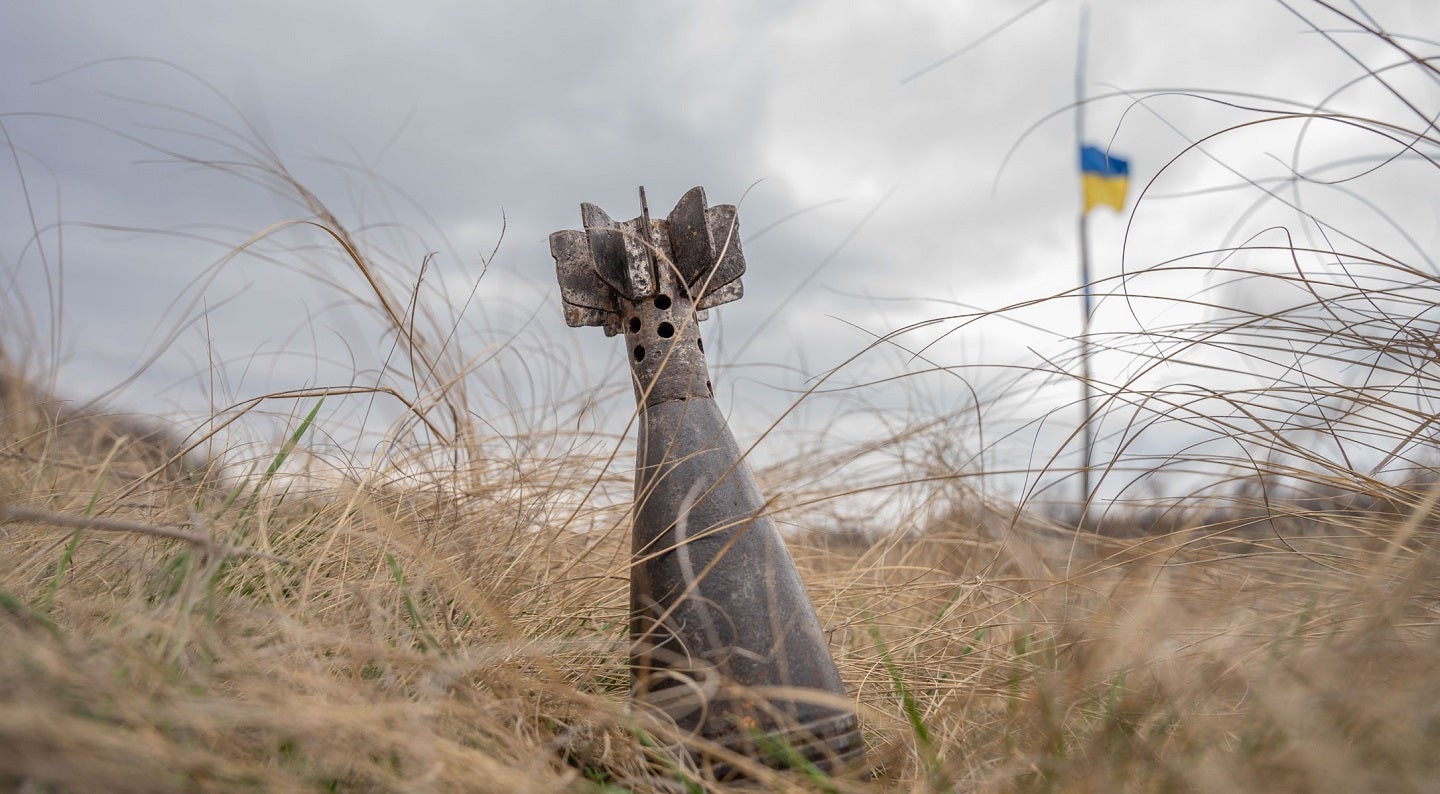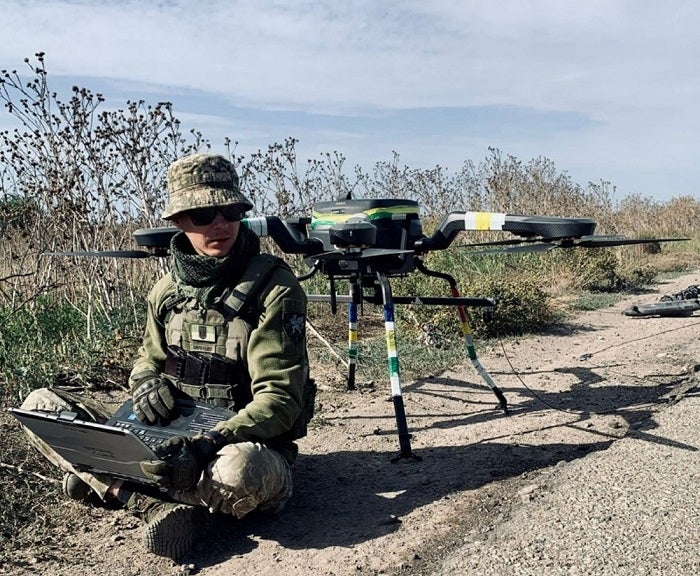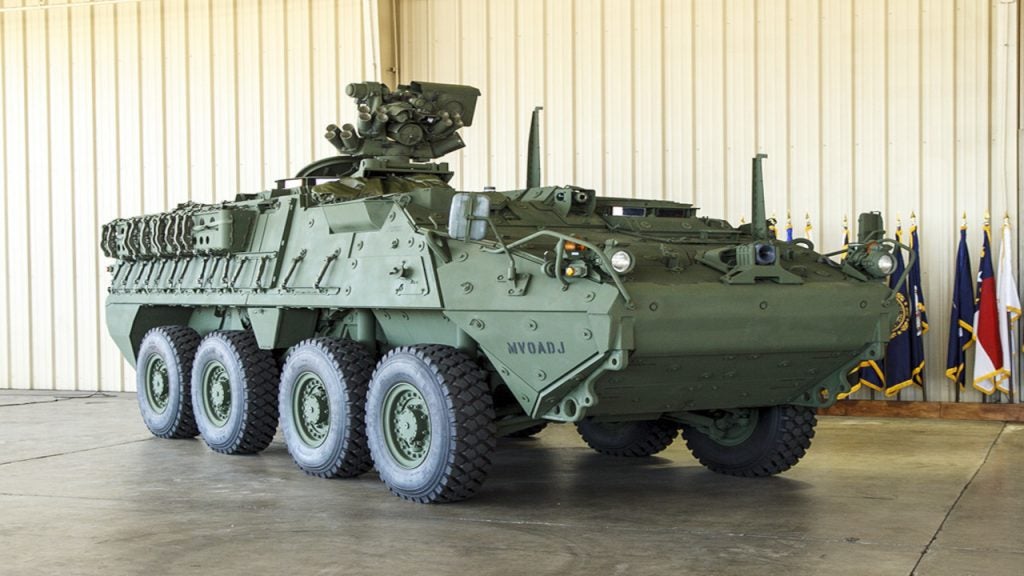
Established over three months ago, the Lithuanian-led Demining Coalition was another topic of conversation at the latest Ukraine Defense Contact Group (UDCG) meeting at Ramstein Air Base, yesterday.
Lithuania’s Minister of National Defence, Arvydas Anušauskas, announced that his country will provide additional military assistance to Ukraine, including detonation systems, while pushing for more money and material from the international community in support of the demining enterprise.
“We are working on the formation of the Demining Coalition. I would like to encourage the undecided nations to join in and contribute training, equipment or finance,” Anušauskas urged.
The Demining Coalition – including Finland, Iceland, Lithuania, Norway, Sweden and Denmark – formed on 18 June. Its strategy is based on a ‘train and equip’ principle to supply the Ukrainian military with demining equipment and personnel training.
Ukraine Defense Contact Group’s priorities
Despite their efforts, the UDCG sidelined demining efforts for concerns over air defence. During the fifteenth UDCG meeting, US Defence Secretary Lloyd Austin “urged allies and partners to dig deep and donate whatever air defence munitions they can, as Ukraine heads into another winter of war.”
Lately, the UDCG partners have fortified Ukraine airspace with a diverse range of systems, such as the Patriot; Hawk; IRIS-T; NASAMS; and Gepards.
On 18 September, Ukraine’s Ministry of Defence announced that it had surveyed the liberated territory of the Kherson region. Sappers used Danish drones across almost 600 hectares of agricultural land where they detected more than 1,500 magnetic anomalies.
Modern technical equipment enables sappers to remotely scan ground areas, air and under water to determine places containing explosive ordnance and other objects posing life risk and requiring special attention and thorough demining actions.

Overcoming Russian mines in Ukraine’s counteroffensive
In an update on the 4 September, the Institute for the Study of War noted that Russian forces have expanded their minefields in the south of the country – the main focus of the counteroffensive in the Zaporizhzhia region, pushing toward Crimea – following the start of the counteroffensive in June.
Russian command determined that Ukrainian forces may easily breach the doctrinal minefield depth of 120 metres, leading the invading forces to increase the depth of their minefields by as much as 500 metres.
Almost one third of Ukraine’s territory is littered with unexploded ordnance, according to the United Nations. The World Bank estimates that the full demining package will cost more than $37bn.








